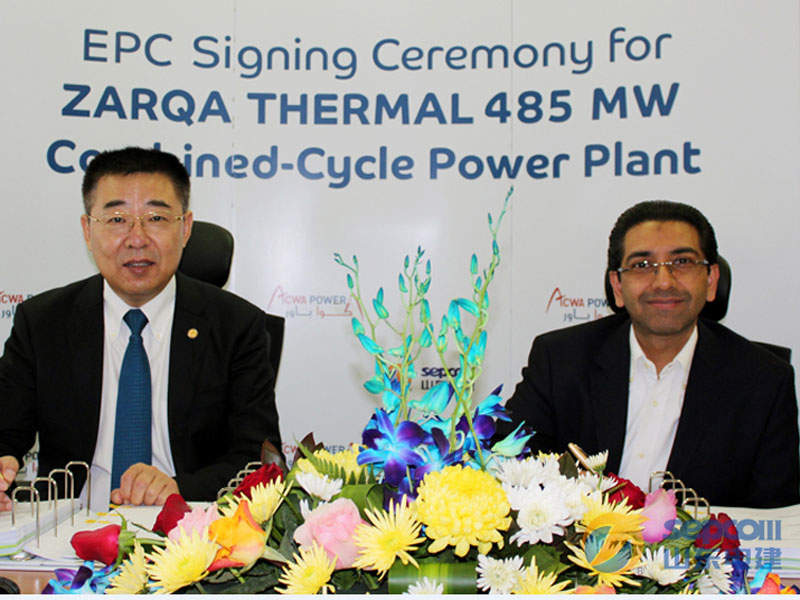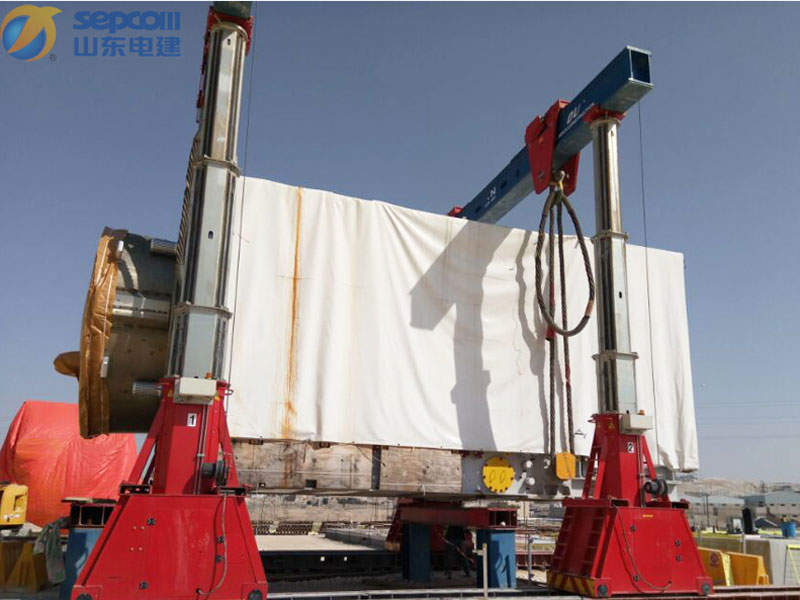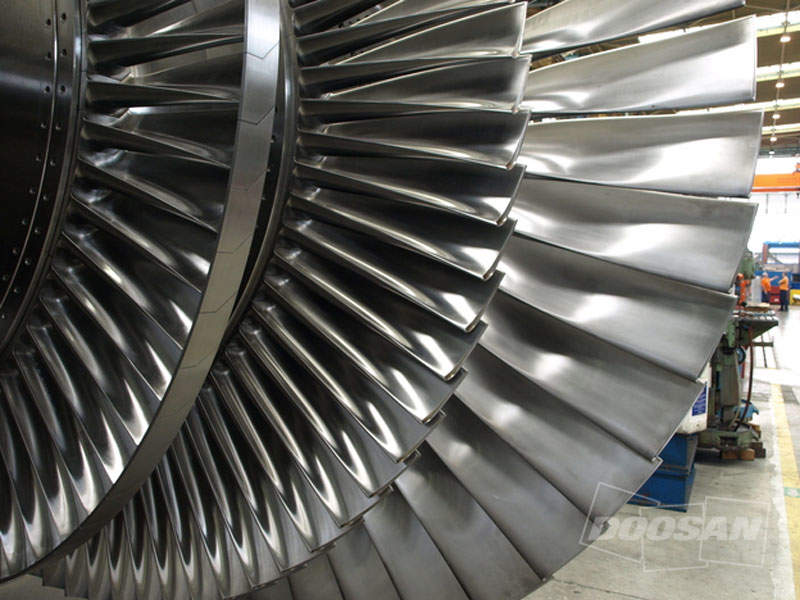The 485MW Zarqa power plant is a combined-cycle gas turbine (CCGT) power project being developed in Zarqa, the Kingdom of Jordan.
The natural gas-fired project is expected to generate an average of 3.2Twh of electricity a year, which is the consumption equivalent of approximately 620,000 individual residential customers.
Proposed to generate early power in December 2017 in open-cycle mode, the project is anticipated to be commissioned in June 2018. Estimated to cost $490m, it is expected to employ 1,500 workers during peak construction.
Mahatat Al Zarqa Le Tawleed Al Takah Al Kahrabaieyah, a limited liability company incorporated in Jordan, is the developer of the project. ACWA Power International owns the majority share in the developer company.
Zarqa power plant make-up
To be located to the north-east of Zarqa city, the Zarqa CCGT project will be located on the decommissioned Hussein Thermal Power Station (HTPS), which is owned by the Central Electricity Generating Company (CEGCO).
The plant will be installed with three GE 9E.03 gas turbines, with the power block featuring a 3-3-1 configuration. It will also include three heat recovery steam generators (HRSG) and one steam turbine generator with a rated maximum power output of 183MW. It will also consist of six stacks, one for each gas turbine and HRSG.
Natural gas will be the primary fuel for the project, while light distillate oil (LDO) can be used as an alternative fuel.
National Electricity Power Company (NEPCO) will supply natural gas for the project through a new gas pipeline connecting the project site with Jordan’s main gas pipeline.
Power generation and transmission at Zarqa
The gas turbines will directly combust fuel to generate electricity using the in-built turbine and attached generator. The generators will be equipped with low NOx burners and a continuous emissions monitoring system (CEMS).
The exhaust gas system will direct the hot exhaust gases into the HRSG, which will operate on a closed-loop cycle where water is heated in the boiler by the hot exhaust gases to generate steam. The steam turbine will use the steam to generate electricity.
After the flow of steam through the STG, the air-cooled condensing system and shell/tube heat exchangers will condense the remaining steam into water. Condensate extraction pumps will then send the water back to the HRSG water drum and into the HRSG.
Electric power generated by the project will be transmitted through the existing NEPCO 132kV substation located within the HTPS landholding.
Off-take of power generated by Zarqa CCGT project
NEPCO will purchase the power generated by the project under a 25-year power purchase agreement.
Financing of Zarqa power plant
The Zarqa CCGT project reached financial closure, which includes 75% debt and 25% equity, in December 2016.
The debt package includes long-term non-recourse project financing provided by the EBRD, IFC, OFID, Europe Arab Bank (EAB), Industrial and Commercial Bank of China (ICBC), and China Construction Bank (CCB).
Alongside a consortium of lenders, IFC invested up to $75m in the plant and will mobilise $200m of debt. EBRD provided a $95m A/B loan for the project.
Industrial and Commercial Bank of China (ICBC) and China Construction Bank are providing commercial debt for the project. For a period of 20 years, Multilateral Investment Guarantee Agency (MIGA) is providing a guarantee of up to $215.6m for the commercial debt.
Infrastructure facilities at Zarqa
The Zarqa CCGT project will make use of the decommissioned HTPS’s facilities such as the switchgear station and overhead transmission lines.
On a weekly basis, approximately 2,450m³ potable water will be supplied by the Water Authority of Jordan (WAJ) through a new water line.
It is proposed that the backup fuel of LDO will be provided by the adjacent petrochemical refinery through an existing fuel oil pipeline.
The worker’s accommodation facility will be located close to the Al Samra power plant to the north of the project site.
Key players involved with the Zarqa CCGT project development
Shandong Electric Power Construction Corporation III (SEPCO III) was awarded the engineering, procurement and construction contract (EPC) for the project in January 2016.
CEGCO is responsible for the operations and maintenance (O&M) of the project, while Doosan Škoda Power is the supplier of the 183MW steam turbine set. Netherlands NEM is the supplier of the HRSGs.
NEPCO engaged K&M as the commercial and technical advisor for the project, while Flenco was contracted for the supply of auxiliary systems.
ACWA Power engaged Capitals Environmental and Management Consulting (5 Capitals) for conducting the Environmental Impact Assessment (EIA) and the lender ESIA requirements.






